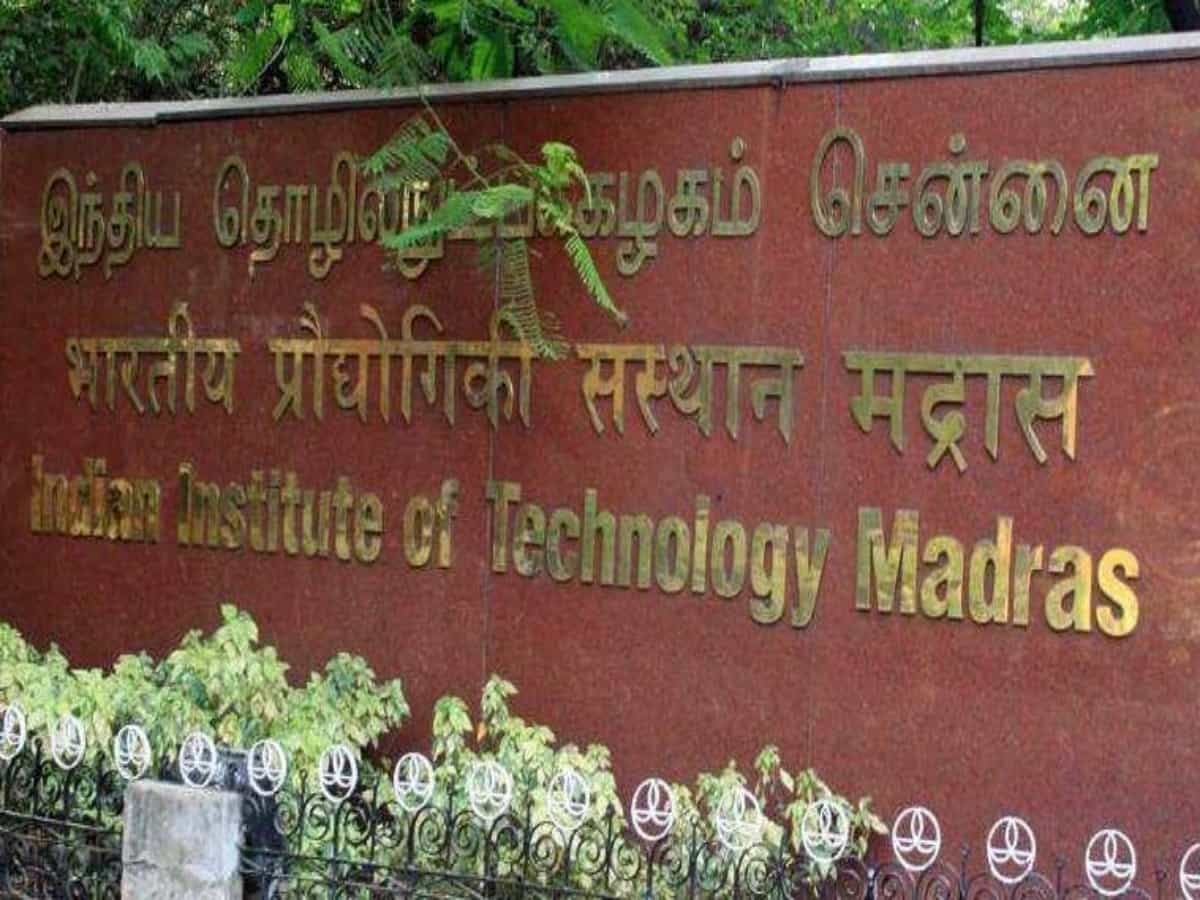
New Delhi: The Indian Institute of Technology (IIT) Madras remained on the top spot in the National Institute Ranking Framework, 2024 for the sixth consecutive year, while the Indian Institute of Science (IISc), Bengaluru was ranked as the best university for the ninth year in a row, according to the Ministry of Education.
The ninth edition of the rankings was announced by Union Minister of Education Dharmendra Pradhan on Monday.
IISc Bengaluru has bagged the second spot in the “overall” category followed by IIT Bombay while IIT Delhi, which was at the third spot last year in the category, has slipped to the fourth position.
Eight IITs have figured in the top ten besides All India Institute of Medical Sciences (AIIMS), New Delhi and the Jawaharlal Nehru University (JNU).
Among universities, IISc Bengaluru is followed by JNU and Jamia Millia Islamia.
Nine IITs are in the top ten list for engineering colleges with IIT Madras being at the top for the sixth consecutive year in the category. IIT Delhi and IIT Bombay have also retained their second and third spot respectively in the category. National Institute of Technology (NIT), Tiruchirapalli is the only non-IIT in the top ten list.
Among management colleges, the Indian Institute of Management (IIM) Ahmedabad has retained its top spot, followed by IIM Bangalore and IIM Kozhikode. Two IITs — Bombay and Delhi — have also figured in the top ten list for management courses.
In pharmacy, Jamia Hamdard rose to the top spot from its second position last year while the National Institute of Pharmaceutical Education and Research, Hyderabad slipped to the second rank. BITS Pilani has retained its third position in the category.
Delhi University’s Hindu College and Miranda House have switched positions in the colleges category with the former bagging the top spot. St Stephen’s College is in the third position among colleges.
Similarly for law, the National Law School of India University, Bengaluru followed by the National Law University, Delhi and NALSAR University of Law, Hyderabad have retained first, second and third spots respectively.
For Architecture and Planning, IIT Roorkee has been announced as the best, followed by IIT Kharagpur and NIT Calicut.
Among medical colleges, All India Institute of Medical Sciences (AIIMS), New Delhi has bagged the top position followed by PGIME, Chandigarh and CMC Vellore at second and third spot.
Among the dental colleges, Saveetha Institute of Medical And Technical Sciences, Chennai and Manipal College of Dental Sciences retained the top two positions while the third rank has been bagged by Maulana Azad Institute of Dental Sciences, New Delhi.
For research, IISc Bengaluru has been acknowledged as the best followed by IIT Madras and IIT Delhi at second and third spot.
For education in Agriculture and Allied Sectors, Indian Agricultural Research Institute, New Delhi is at the first spot while ICAR-National Dairy Research Institute, Haryana has bagged the second rank, followed by Punjab Agricultural University, Ludhiana.
For 2024, the ranking exercise maintains the practice of providing a comprehensive “overall” rank, alongside distinct rankings in categories — Universities, Research Institutions, Degree Colleges and Innovation as well as discipline-specific rankings in Engineering, Management, Pharmacy, Law, Medical, Dental, Architecture and Planning, and Agriculture and Allied Sectors.
Additionally, Open Universities, State Public Universities and Skill Universities have been included as new verticals in this year’s rankings.
Among state public universities, Anna University in Chennai has bagged the top spot, followed by Jadavpur University in Kolkata and Savitribai Phule University, Pune.
IGNOU has topped the list for open universities, followed by Netaji Subhash Open University, Kolkata and Babasaheb Ambedkar Open University, Ahmedabad.
Among skill universities, Symbiosis Skills and Professional University, Pune has been awarded the first position followed by Shri Vishwakarma Skill University, Haryana and Bhartiya Skill Development University, Rajasthan at second and third spot respectively.
The participation of Higher Education Institutions (HEIs) in the NIRF rankings has grown from 3,565 in 2016 to 10,845 in 2024, with the number of categories and subject domains expanding from four in 2016 to sixteen in 2024.
The NIRF provides for ranking of institutions in five broad generic groups of parameters — Teaching, Learning and Resources (TLR), Research and Professional Practice (RP); Graduation Outcome (GO); Outreach and Inclusivity (O&I) and Perception (PR).
In the absence of a reliable and comprehensive database that could supply all relevant data required for computing the scores for ranking HEIs, registered institutions were invited to submit the required data through an Online Data Capturing System (DCS).
Publications, citations and HCP pertaining to the research output of applicant institutions were retrieved from Scopus (Elsevier Science) and Web of Science (Clarivate Analytics). Data on patents published and granted was taken from Derwent Innovation.
DCS, Feedback System and the Perception Capturing System were developed for online capturing of data from applicant institutions, and feedback from public and institutional perception (from Peers and Employers respectively).



